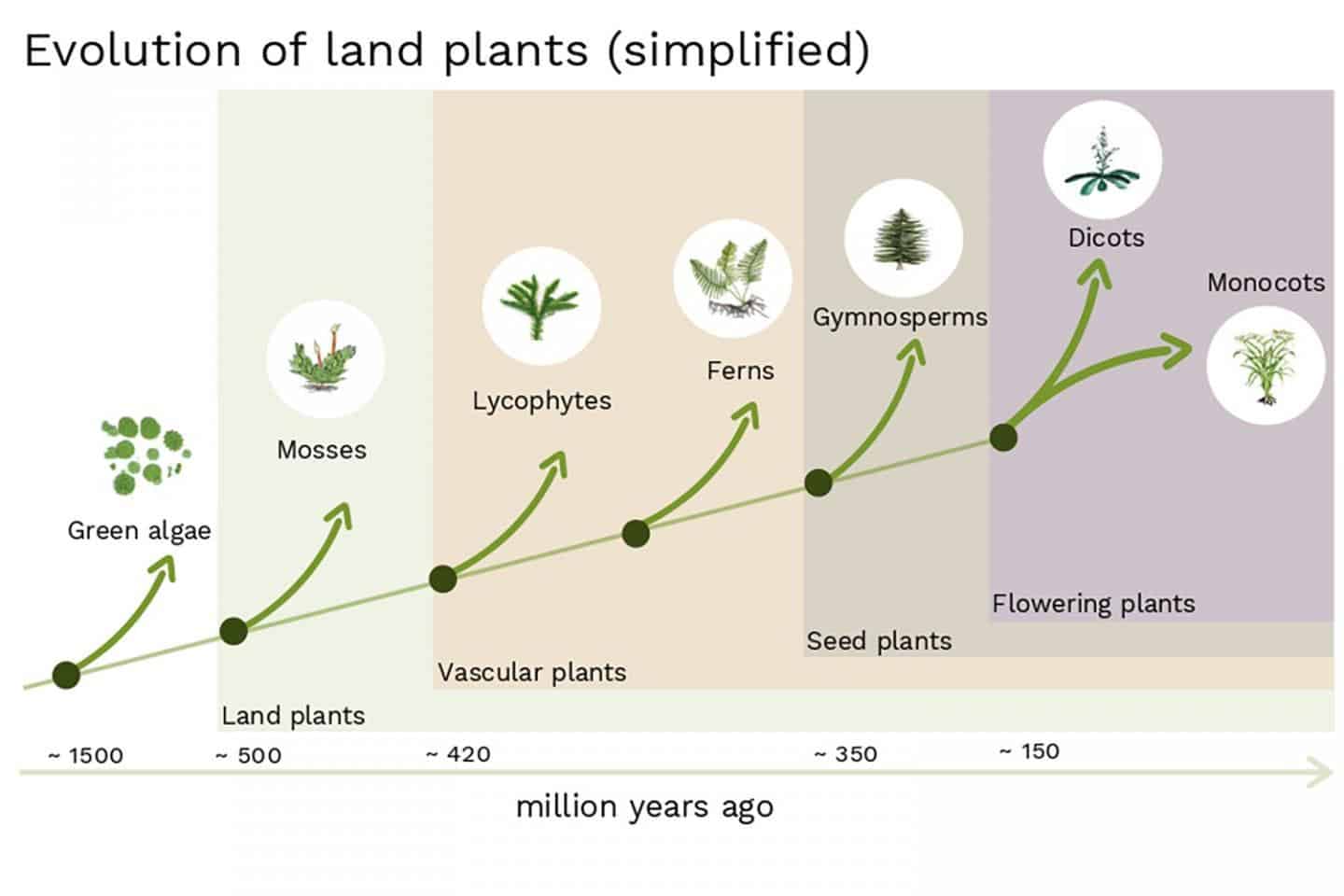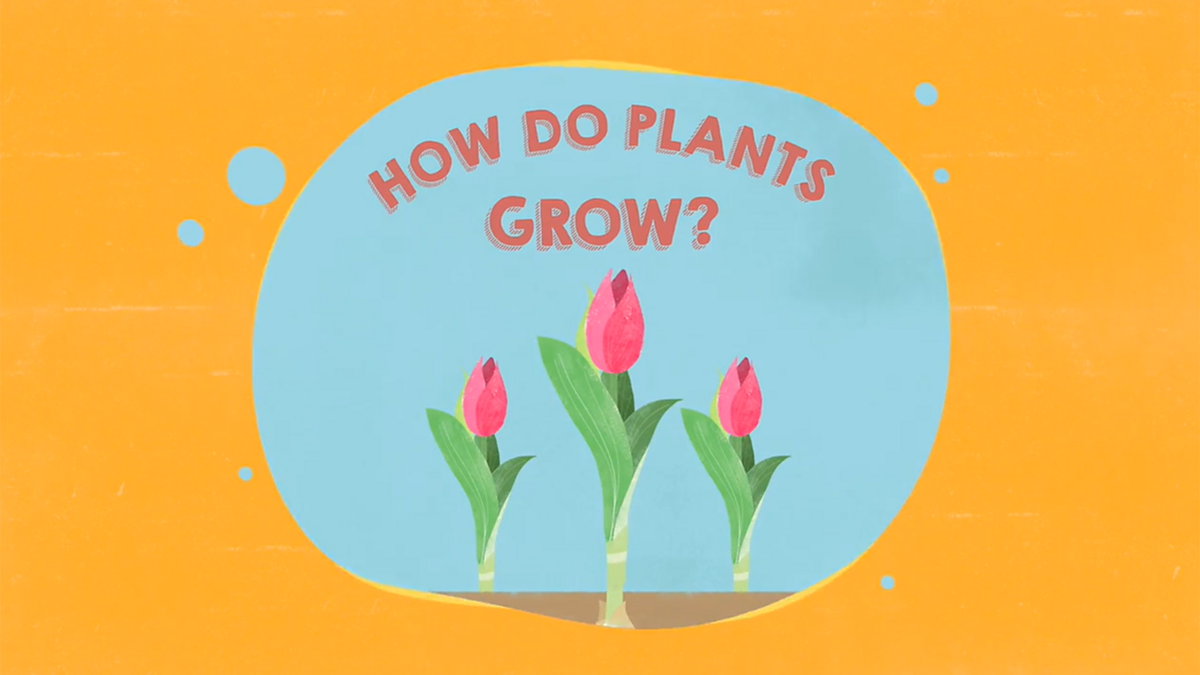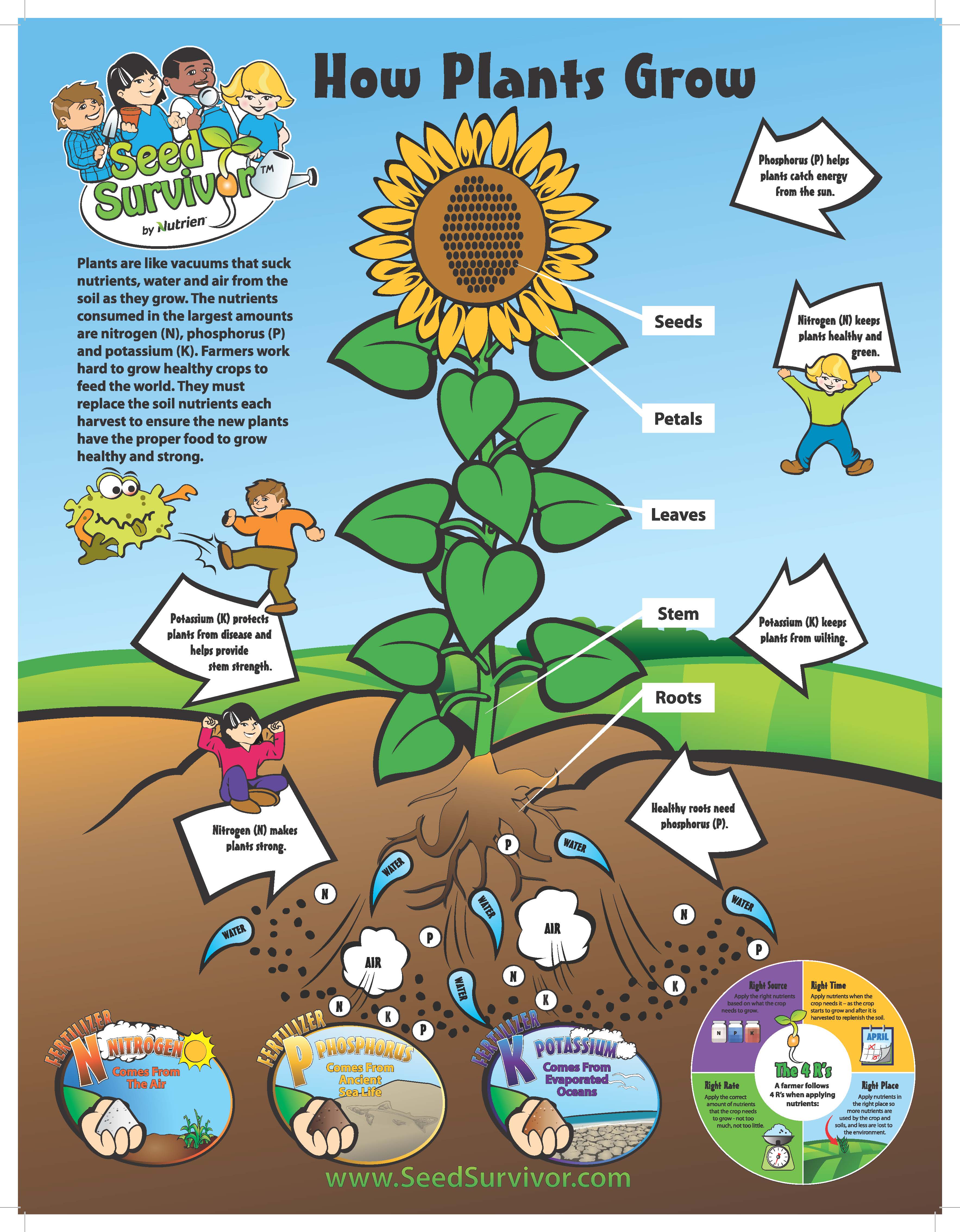Earth the planet the plants—and all be traced to green cell. world's lush profusion photosynthesizers—from towering redwoods ubiquitous diatoms—owe .
 In vascular plants tissues of types: xylem, pipes water minerals the roots the leaves, phloem, distributes sugar other products photosynthesis the leaves the roots. Xylem provides stems rigidity, requirement plants to grow higher a centimetres.
In vascular plants tissues of types: xylem, pipes water minerals the roots the leaves, phloem, distributes sugar other products photosynthesis the leaves the roots. Xylem provides stems rigidity, requirement plants to grow higher a centimetres.
 In strictest sense, name plant refers those land plants form clade Embryophyta, comprising bryophytes vascular plants.However, clade Viridiplantae green plants includes other groups photosynthetic eukaryotes, including green algae.It widely believed land plants evolved a group charophytes, likely simple single-celled terrestrial .
In strictest sense, name plant refers those land plants form clade Embryophyta, comprising bryophytes vascular plants.However, clade Viridiplantae green plants includes other groups photosynthetic eukaryotes, including green algae.It widely believed land plants evolved a group charophytes, likely simple single-celled terrestrial .
 Plants appeared Earth 100 million years earlier scientists previously thought. evolution plant life Earth fundamental the history our planet. has resources habitats animals influenced climate a global scale.
Plants appeared Earth 100 million years earlier scientists previously thought. evolution plant life Earth fundamental the history our planet. has resources habitats animals influenced climate a global scale.
 The earliest land plants did have vascular systems transport water nutrients either. . Plants growing into air needed system transporting water the soil all different parts the above-soil plant, to photosynthesising parts. . origin microbes Earth, tracing to .
The earliest land plants did have vascular systems transport water nutrients either. . Plants growing into air needed system transporting water the soil all different parts the above-soil plant, to photosynthesising parts. . origin microbes Earth, tracing to .
 This enables to grow tall gravity, necessary task all land-living organisms. earliest plants really battle gravity arose the Silurian Period, 433 million years ago. little plants individual spore-producing organs are connected a branched stem.
This enables to grow tall gravity, necessary task all land-living organisms. earliest plants really battle gravity arose the Silurian Period, 433 million years ago. little plants individual spore-producing organs are connected a branched stem.
 Plants developed adaptation the Ordivician period. would been crucial maintaining moisture the transition water land. these ancestral land plants, also observe rhizoids, hairlike structures anchoring plant the ground, absorbing water minerals.
Plants developed adaptation the Ordivician period. would been crucial maintaining moisture the transition water land. these ancestral land plants, also observe rhizoids, hairlike structures anchoring plant the ground, absorbing water minerals.
 Plants (Archaeplastida; Glossary) transformed planet, increasing energy input the biosphere, altering atmosphere, forever changed global biogeochemical cycles [1., 2., 3., 4.Precisely and how occurred been unclear, lack a coherent fossil record, refined phylogenetic framework which interpret it, genomic resources which .
Plants (Archaeplastida; Glossary) transformed planet, increasing energy input the biosphere, altering atmosphere, forever changed global biogeochemical cycles [1., 2., 3., 4.Precisely and how occurred been unclear, lack a coherent fossil record, refined phylogenetic framework which interpret it, genomic resources which .
 Earth the planet the plants — it can traced to green cell. world's lush profusion photosynthesizers — towering redwoods ubiquitous diatoms — owe .
Earth the planet the plants — it can traced to green cell. world's lush profusion photosynthesizers — towering redwoods ubiquitous diatoms — owe .
 Plants display alternations generations life cycle. haploid multicellular life stage called gametophyte it produces gametes, which, fertilization, develop a mature diploid sporophyte. sporophyte produces spores meiosis, the spores eventually develop mature multicellular gametophytes.
Plants display alternations generations life cycle. haploid multicellular life stage called gametophyte it produces gametes, which, fertilization, develop a mature diploid sporophyte. sporophyte produces spores meiosis, the spores eventually develop mature multicellular gametophytes.
 Science and Evolution: How trees changed the world
Science and Evolution: How trees changed the world

